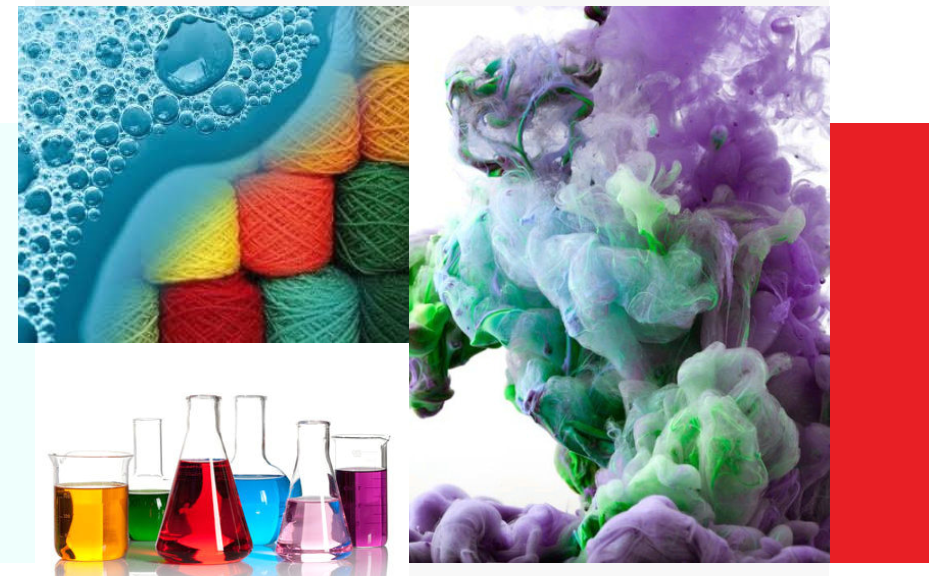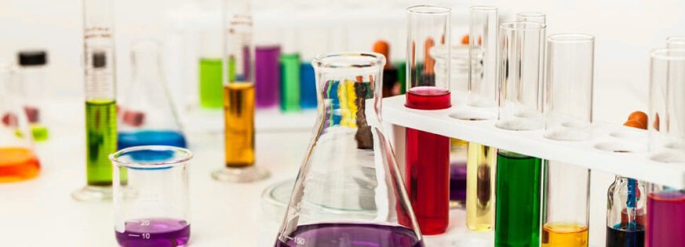Shopping cart
Welcome to Micro Tex Lab
Welcome to Micro Tex Lab



Each of these tests uses specific chemicals and methodologies tailored to the properties of the textile materials being tested, ensuring comprehensive evaluation and quality control.
Chemical testing in textiles requires careful attention to ensure accurate results, safety, and compliance with standards. Some essential steps we take care during chemical testing:

Ensure all testing equipment is properly calibrated. Prepare chemical reagents according to standardized procedures. Use high-purity chemicals and solvents to avoid contamination.

Follow standardized testing protocols such as ISO, ASTM, or AATCC methods. Document all procedures, observations, and results meticulously.

Use control samples with known properties to validate testing methods. Compare results with standard reference materials when available.

Ensure that all testing complies with relevant industry standards and regulations. Prepare detailed reports that include all relevant data, methodology, and observations.

Flammability tests in textile testing are designed to evaluate how textiles react when exposed to fire or heat. These tests are crucial for determining the safety of textiles used in clothing, upholstery, and other applications where fire resistance is important. Different standards and protocols are followed based on the end-use of the textile product. Some common flammability tests:

Each of these tests follows specific protocols and standards to ensure consistent and accurate results. The choice of test depends on the textile’s intended use and the regulatory requirements of the target market.
Some common faults as reported by buyers and fabric/garment manufacturers.